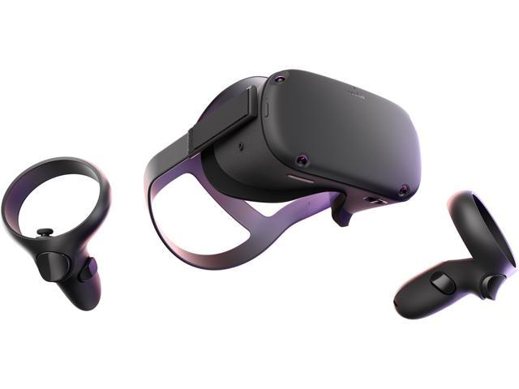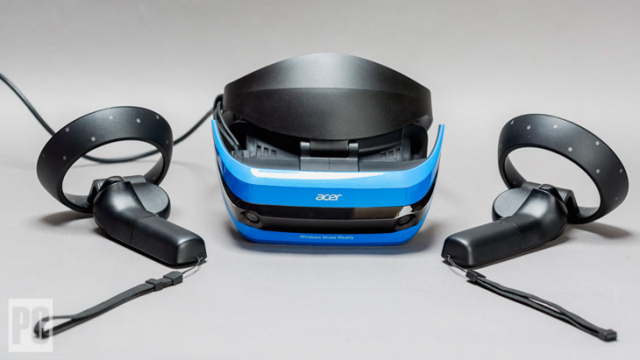For me, when it comes to VR, the most important aspects which I looked into are resolution, frame rates, connections as well as price. I want something which looks good and is smooth as a VR unit with high latency can worsen the experience. Also, since VR is unlike conventional gaming, I would need to move my head a lot, that would mean the fewer the cables, the better. Last but not least, the price must fit into my budget.
I’ve research on a few competitive VR set on the market currently and these are the specs.
| VR headset | Resolution | Frame rates (Hz) | Connections | Price (USD$) |
| Valve Index | 1440×1600 RGB LCDs | 120 to 144 (experimental) | 5m tether, 1m breakaway trident connector. USB 3.0 DisplayPort 1.2, 12V power | 500 for just the headset |
| Oculus Quest | 1440 x 1600 | 72 | Wireless | 399 (64GB) 499 (128GB) |
| PlayStation VR | 1920 x RGB x 1080 | 120 | HDMI, USB | 299.99 |
| Oculus Rift S | 2560 x 1440 | 80 | USB 3.0, DisplayPort | 399 |

After careful consideration, I believe the Oculus Quest is the VR headset I am looking for. Compared to other popular VR headset on the market, the Oculus Quest is the jack of all trade. What I like about it compared to another headset is,
- It does not need a cable, fully standalone. This allow for greater manoeuvrability.
- It does not require a high spec gaming PC, which is a huge cost saving factor.
- Not the most affordable VR headset but the price is reasonable.
However, what is lacking in this headset is that the refresh rate is lower compared to other unit, and since it is a fully standalone unit, it would mean that the number of games playable is limited. All in all, it is still a competitive unit and being wireless and reasonably priced is the largest selling point for me.
Once again, the most important aspects which I am looking for in a MR headset is more or less similar to that of VR. However, MR and VR differs a little, where MR have cameras which is able to capture user’s environment and display it onto the headset. Thus, for a more immersive experience, I look into Field of View (FOV) as well. Human has a vision span of approximately , therefore, I believe the experience will be better if the headset’s FOV is close to .
| MR headset | Resolution | Refresh rate (Hz) | Connections | FOV (degree) | Price (USD$) |
| Samsung Odyssey | 1440 x 1600 | 60 to 90 | HDMI 2.0, USB 3.0 | 110 | 499 |
| HP VR1000-127il | 1440 x 1440 | 60 to 90 | HDMI | 95 | Approximately 382.99 |
| Asus HC102 | 1440 x 1440 | Up to 90 | HDMI 2.0and USB 3.0 | 95 | 429 |
| Acer AH101-D8EY | 2880 x 1440 | 60 to 90 | HDMI 2.0and USB 3.0 | 100 | 399 |

From the list, my preferred MR headset would be the Acer AH101-D8EY. As compared to other MR headset, it
- Has higher resolution
- Has wide FOV
- Is affordable.
However, the Acer AH101-D8EY is far from being a perfect MR headset. If we dive deeper into reliability, the Samsung Odyssey can easily took over the Acer AH101-D8EY. It seems that the Acer MR headset has buggy SteamVR compatibility, and camera-based position tracking isn’t as responsive as sensor/beacon based tracking. However, overall the specs are competitive and most importantly, it fit my budget, otherwise I would have easily chosen the Samsung Odyssey.
